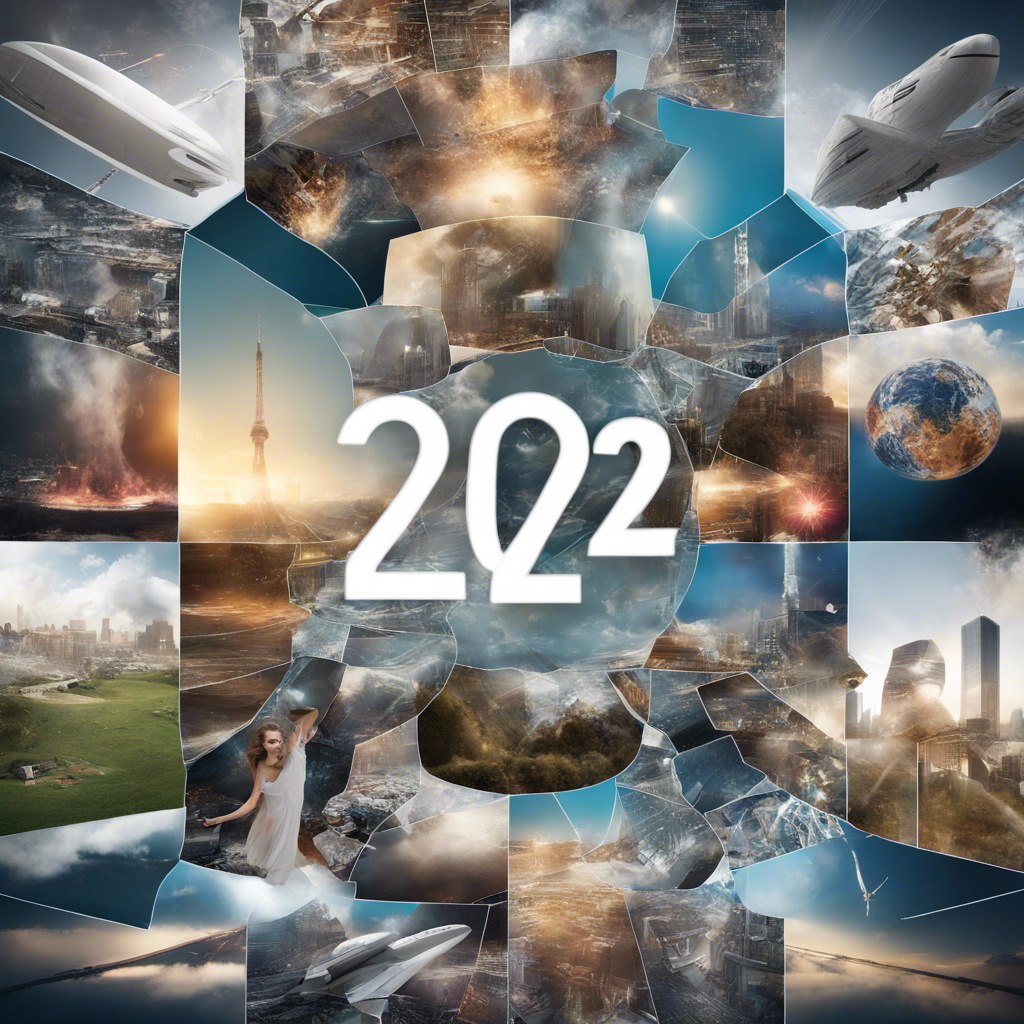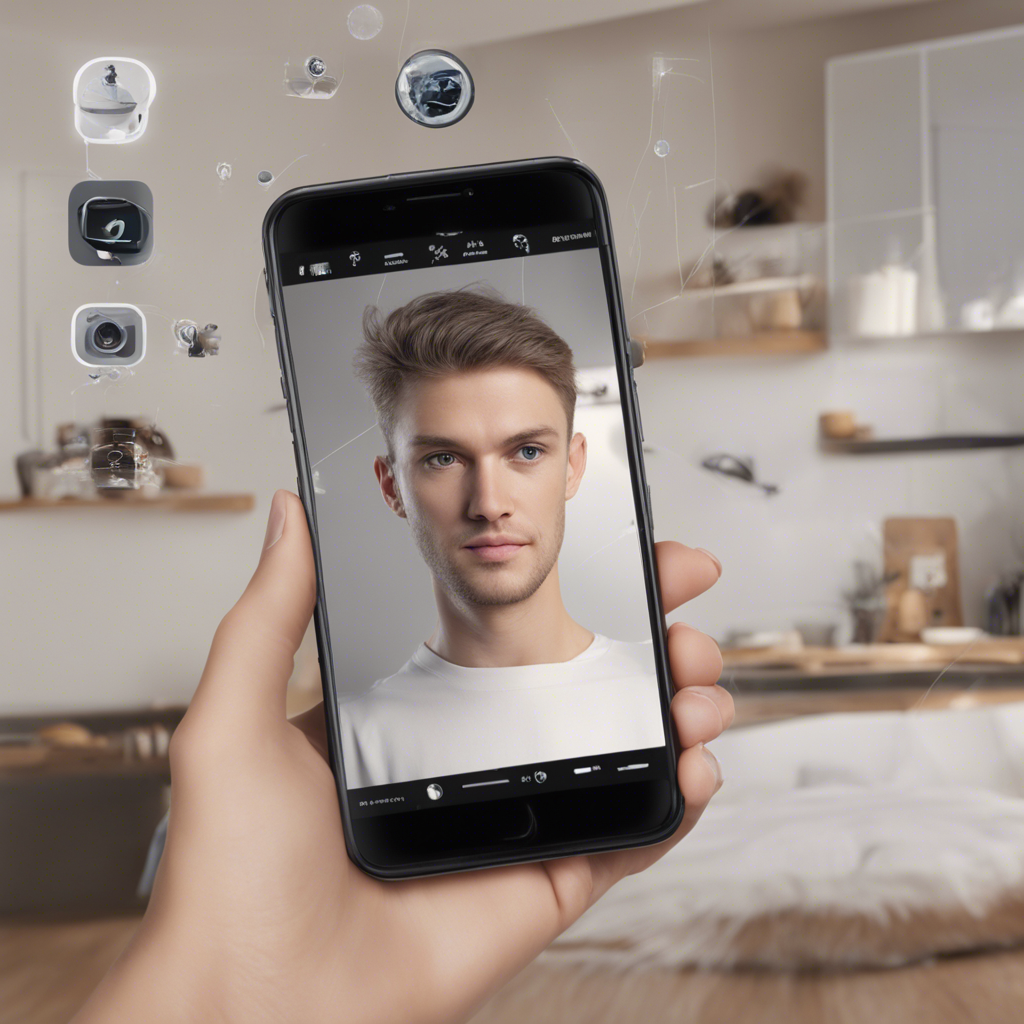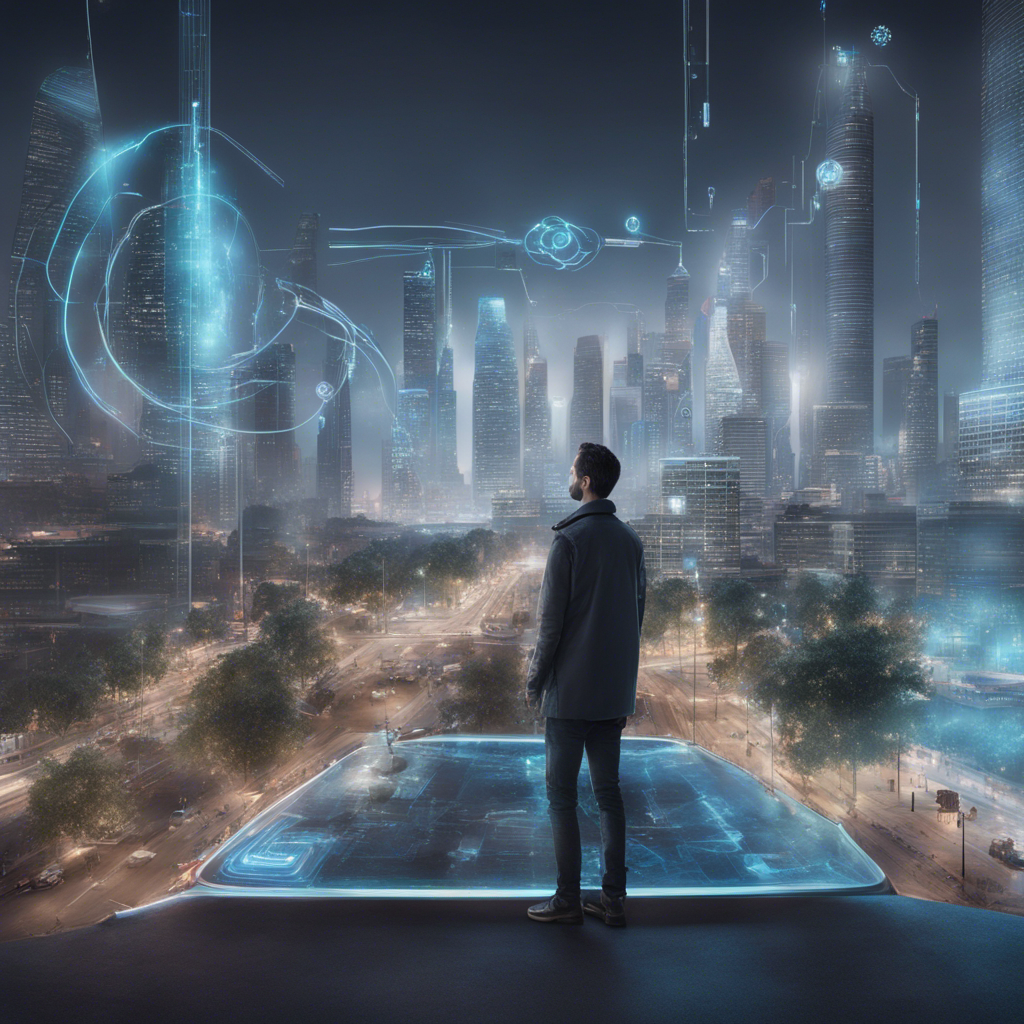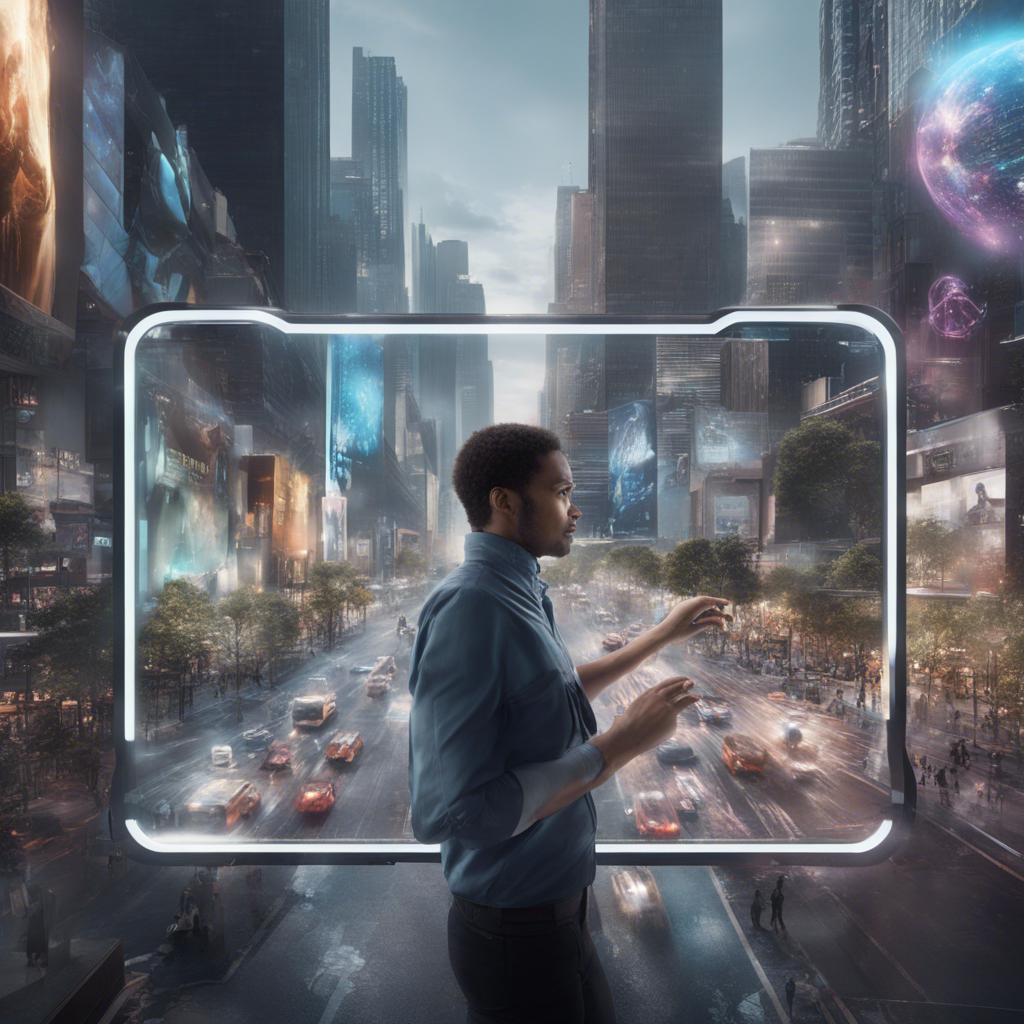
Redefining Connectivity in 2024: A Revolution in the Digital Age
In the last few decades, we have witnessed an extraordinary acceleration in technological advancements, fundamentally transforming the way we communicate and interact with the world around us. The internet, in particular, has revolutionized connectivity, paving the way for a seamlessly connected global society. As we approach 2024, it is worth exploring how connectivity will continue to evolve, shaping our lives in new and exciting ways.
The Fourth Industrial Revolution: A Catalyst for Connectivity
The Fourth Industrial Revolution, characterized by the fusion of digital, physical, and biological domains, is set to redefine connectivity in ways we can scarcely imagine. Emerging technologies such as 5G, Internet of Things (IoT), artificial intelligence (AI), and augmented reality (AR) will converge, resulting in a significant paradigm shift in how we access and leverage information.
The Emergence of 5G
While 4G networks have transformed the way we use our smartphones, 5G is poised to revolutionize the entire digital landscape. Offering substantially faster speeds, lower latency, and increased capacity, 5G will provide the foundation for a hyperconnected world. It will enable seamless streaming, virtual reality experiences, and instant connectivity for smart homes, autonomous vehicles, and remote healthcare.
According to the Ericsson Mobility Report of November 2020, by 2026, the number of 5G subscriptions is projected to reach 3.5 billion globally, accounting for over 40% of all mobile subscriptions. This exponential growth will create a massive interconnected web of devices, generating vast amounts of data and transforming how we interact with technology.
Internet of Things (IoT): From Smart Homes to Smart Cities
The proliferation of IoT devices will be another cornerstone of connectivity in 2024 and beyond. Every aspect of our lives, from our homes to our workplaces and cities, will be intelligently connected, creating a network of devices communicating and exchanging data.
Imagine waking up to your alarm clock, which, in turn, informs your coffee machine to start brewing your favorite coffee as your smart shower adjusts to the perfect temperature. Meanwhile, your autonomous vehicle receives real-time traffic updates and plans the optimal route to your destination. These scenarios will become the norm as IoT devices seamlessly integrate into our daily routines.
According to a report by Statista, the number of installed IoT devices is projected to surpass 75 billion by 2025, marking a threefold increase since 2019. This exponential growth will drive innovation across industries, improving efficiency, sustainability, and quality of life.
Artificial Intelligence (AI): Transforming Connectivity
AI is revolutionizing the way we interact with technology, making it more intuitive and personalized. In 2024, AI-powered virtual assistants will become commonplace, effortlessly understanding and fulfilling our needs. These assistants will integrate into our homes, vehicles, wearables, and smartphones, adapting to our preferences and enhancing our productivity.
Moreover, AI algorithms will process the vast amount of data generated by interconnected devices, enabling us to gain valuable insights and make informed decisions. From predictive maintenance in manufacturing plants to personalized healthcare recommendations, AI will fuel innovation and transform connectivity on a global scale.
Augmented Reality (AR): Bridging the Physical and Digital Worlds
Augmented Reality (AR) will redefine how we experience the world around us. By overlaying digital information onto our real-world environment, AR will revolutionize industries such as gaming, retail, education, and entertainment.
For instance, imagine walking into a store and instantly viewing virtual product demonstrations, trying on virtual clothes, or visualizing furniture in your home before making a purchase. AR will blur the boundaries between the physical and digital realms, providing immersive and engaging experiences.
Ensuring Connectivity for All: Bridging the Digital Divide
As technology advances rapidly, it is essential to ensure that connectivity is accessible to all individuals, regardless of their location or socioeconomic status. Bridging the digital divide is crucial for an inclusive and equitable society in 2024 and beyond.
Worldwide initiatives, such as the United Nations’ Sustainable Development Goals (SDGs) and private sector collaborations, are working towards closing this gap. From satellite-based internet services to community-based connectivity projects, efforts are underway to connect the unconnected and bring the benefits of the digital age to everyone.
Conclusion
Connectivity in 2024 is set to redefine how we live, work, and interact with the world. The convergence of technologies such as 5G, IoT, AI, and AR will usher in a new era of seamless connectivity, transforming every aspect of our lives. As we enter the fourth industrial revolution, it is imperative to ensure that connectivity is accessible to all, bridging the digital divide and creating a truly inclusive society.
The future is bright, and as connectivity becomes ubiquitous, we must embrace these advancements responsibly and leverage them to shape a better tomorrow.
Note: This article is intended to provide an overview of potential advancements in connectivity by 2024. The exact timeline and extent of these advancements may vary and depend on various factors, including technological, regulatory, and socioeconomic considerations.






